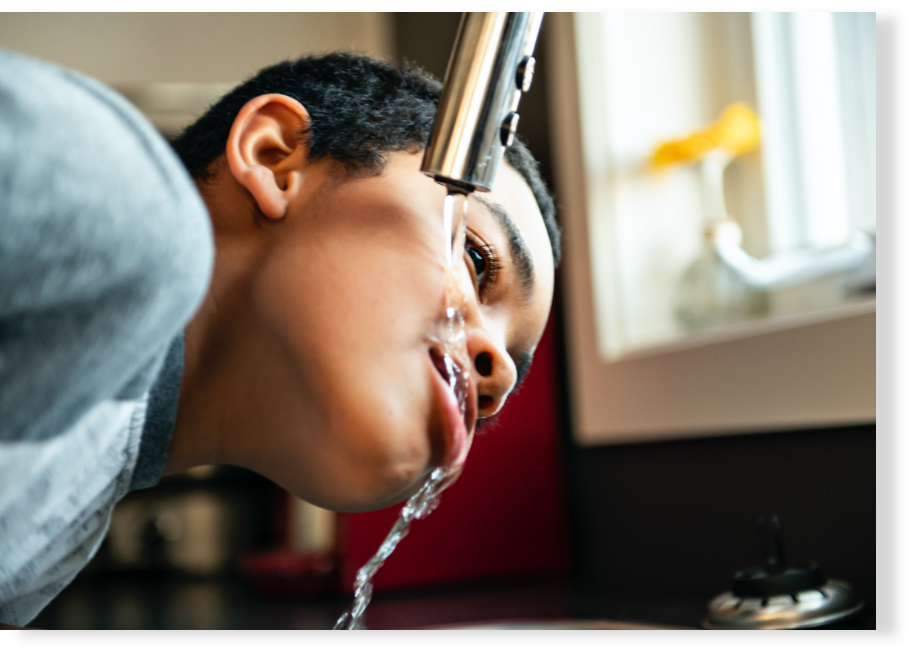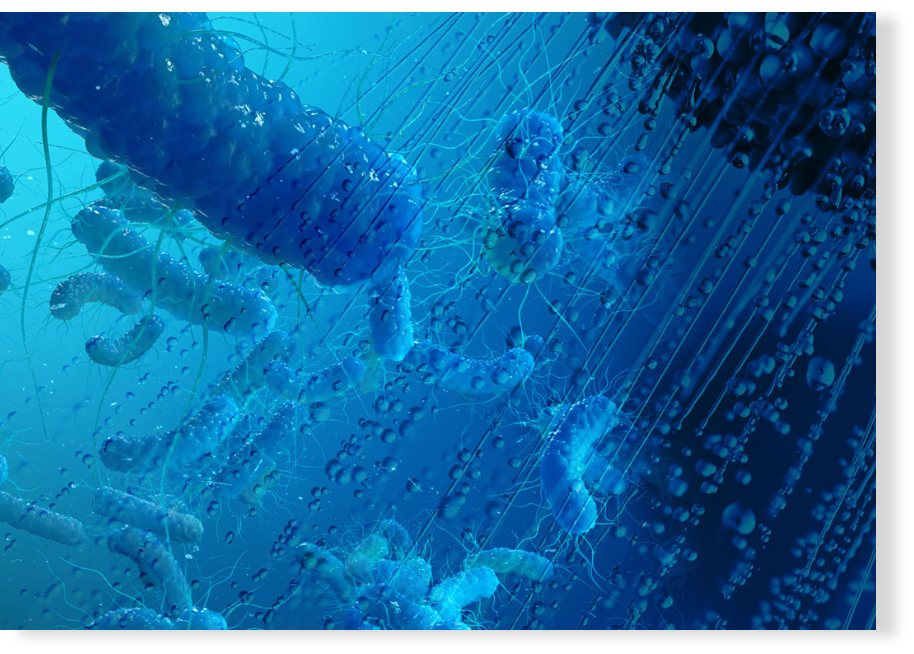WE ARE IAPMO
Shaping A Safer Built Environment
NOTICE: We are currently experiencing a system outage that is affecting access to several of our services. Our technical teams are actively working to identify and resolve the issue, and we are committed to restoring normal operations as quickly as possible.
We apologize for any inconvenience this may cause and appreciate your patience and understanding during this time. If you require immediate assistance, please contact us at info@iapmo.org.
IAPMO is a global team of experts engaging industry and government for a safer built environment. Our deep expertise in codes and standards is applied to our rigorous product testing, certification and inspection services, professional development offerings, industry research, policy and advocacy work.
CODES & STANDARDS
ANSI- and SCC-accredited codes and standards protect people around the world.
PRODUCT TESTING & CERTIFICATION
We offer premier global construction and water treatment product testing and certification.
MEMBERSHIP
Invest in your livelihood, make a difference, and help build a safer, more sustainable world.
WORKFORCE TRAINING & CERTIFICATION
Our mission is to provide code and trade professionals with industry-leading training and certification.
IAPMO
With more than 20 business units across the world operating under The IAPMO umbrella, we’re able to offer a diverse array of services, ranging from product testing and certification to workforce training and consulting, to a wide variety of industry sectors, ranging from plumbing and mechanical to aerospace and medical. See below to learn how IAPMO can be of service.
IAPMO R&T
is North America’s premier plumbing and mechanical product certification agency
IAPMO R&T Lab
is a trusted name for independent testing, research, and technical services in the plumbing and mechanical industries
IAPMO Uniform Evaluation Services (UES)
provides manufacturers and building officials with trusted building product evaluations
ASSE International
is a standards developer and certification body composed of members representing the plumbing and mechanical industries
IAPMO Codes and Standards
provides codes and standards for the protection of the public’s health, safety and welfare
IAPMO EGS
is a trusted name for testing and listing for electrical / gas safety and food equipment sanitation
Construction Products Group
trusted Testing, Evaluation and Inspection for Building Products, Materials and Systems
IAPMO Systems Certification Body (SCB)
provides management system certifications and auditing services for a variety of industry sectors
Institute of Building Technology (IBT)
provides independent testing, research, and technical services in the construction products industry
Quality Control Consultants (QCC)
provides assistance in confirming compliance of products under evaluation
IAPMO Oceania
is based in Melbourne, Australia and provides trusted product certification in both the water and gas industry sectors
IAPMO Group Indonesia
provides testing, inspection, certification, ecolabeling and training with a state-of-the-art testing facility for plumbing, building materials, and food equipment
IAPMO India
develops plumbing codes and education programs for code-based plumbing installations and maintenance in India
IAPMO Mexico
is based in Monterrey, and offers one-stop testing for fast-track listing in the U.S., Mexican, and Canadian markets
IAPMO Training and Education
provides code and trade professionals with industry-leading professional training
IAPMO Certification and Testing
offers professional credentialing services through its certification and license testing programs.
IAPMO Backflow Prevention Institute (BPI)
is the industry’s resource for backflow prevention and cross-connection control training
Radiant Professionals Alliance (RPA)
is a trade association composed of those dedicated to increasing the use of radiant technologies
Dispensing Equipment Alliance (DEA)
fosters the awareness of chemical dispensing technology and its impact on public health and safety
IWSH Foundation
connects technical experts with local community networks to complete projects in water-stressed areas, delivering real-world impact
ARCSA International
provides resources and information on rainwater and stormwater collection to promote the advancement of rainwater conservation
GLOBAL
At IAPMO, we measure our success in lives, water and total lifecycle costs saved, contributing to strong healthy communities. Across the world, our non-profit arm — the International Water, Sanitation and Hygiene Foundation (IWSH) —connects technical experts with local community networks to complete projects in water-stressed areas, enhancing washrooms, sanitation and hygiene through smart approaches and delivering data-driven results and real-world impact. We believe that clean water and sanitation are fundamental human rights, regardless of where you live in the world.
LATEST NEWS FROM IAPMO
Blueprint for Progress: IAPMO at the ANSI Innovation Summit Demonstrates How Codes and Standards Advance U.S. Competitiveness and Public Health
IAPMO® is proud to be a diamond sponsor and administrating organization at the 2025 ANSI Innovation Summit this week. Formerly World Standards Week, the ANSI Innovation Summit is an annual event that convenes the Institute's members and private- and public-sector stakeholders from across the standards and conformity assessment communities to come together, learn from each other, and showcase their important work.
IAPMO Celebrates 10 Years of WorldSkills Global Industry Partnership
IAPMO®, a global team of experts engaging industry and government for a safer built environment, and its charitable foundation, the International Water, Sanitation and Hygiene Foundation (IWSH®), are proud to celebrate 10 years as a WorldSkills Global Industry Partner. IAPMO and IWSH celebrated the milestone this week at the annual General Assembly of WorldSkills International Members in Dubrovnik, Croatia.
New WPC Africa workgroup promotes regional collaboration and further Global Partnership at WorldSkills Africa 2025
A first-of-its-kind workshop for African World Plumbing Council (WPC) member organizations was held alongside the WorldSkills Africa 2025 capacity-building program for Plumbing, hosted at the Fountain Gate Craft & Trades School in Lusaka, Zambia, from Sept. 1-5. This workshop assembled a team of proactive WPC representatives from Zambia, South Africa, and Rwanda for a first in-person meeting of WPC member organizations on the continent.
ARTICLES & GUIDES
Lead Resouce Guide
This guide provides resources for communities, facilities managers, and consumers to understand the opportunities available and requirements necessary to finally fix this public health issue and assure safe, clean drinking water for all.
Keep Buildings Safe From Legionella
Legionella, the bacterium that causes Legionnaires’ disease, grows quickly and multiplies in warm water, especially water that has been stagnant. This is why Legionella is a serious concern with COVID-19 pandemic-related building shutdowns.
Mitigation Strategies for Drought
Is water scarcity an issue in your region? Finding the right balance between conserving water, user satisfaction, and safety is best achieved through effective plumbing codes informed by science and proven effective in the field.





























